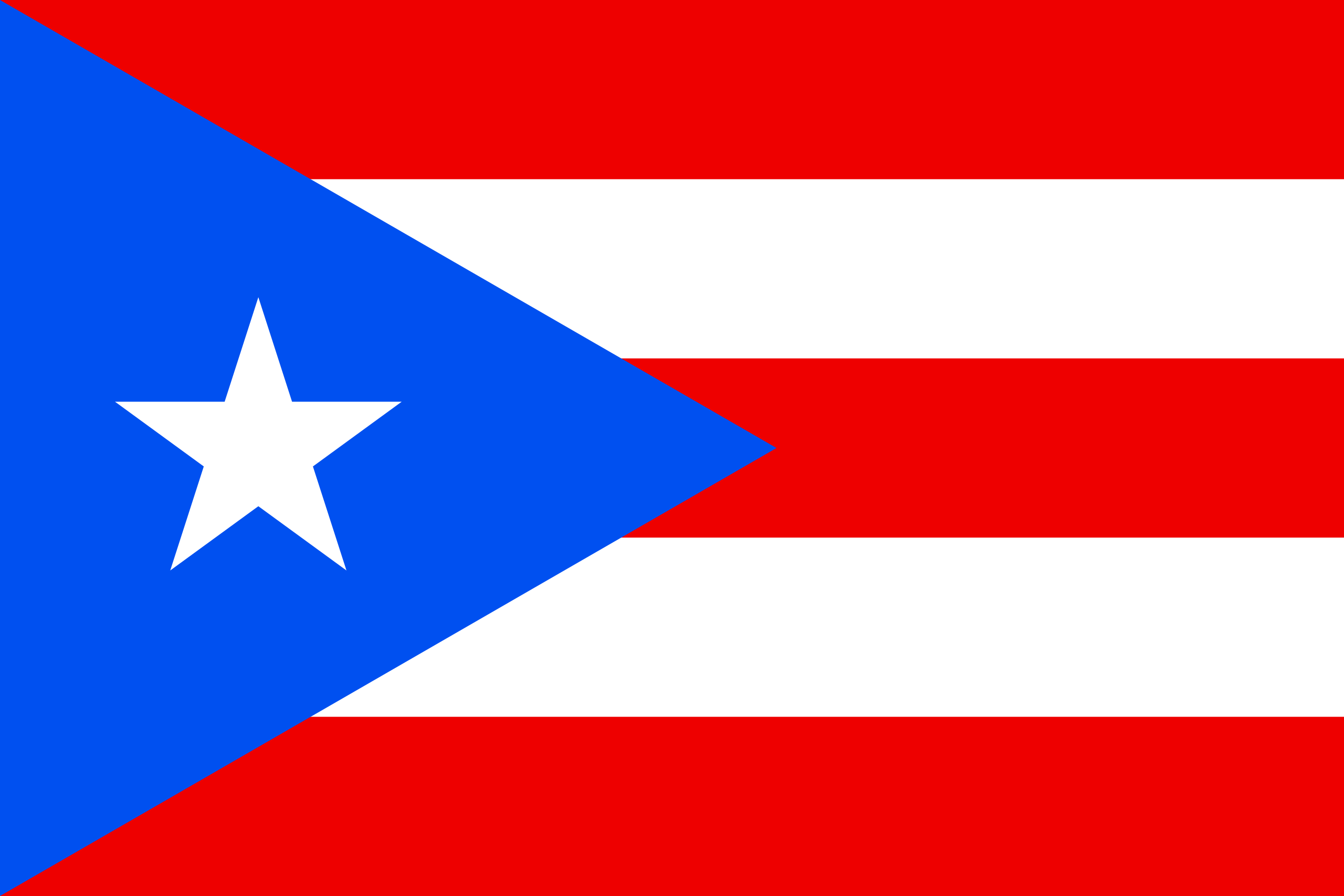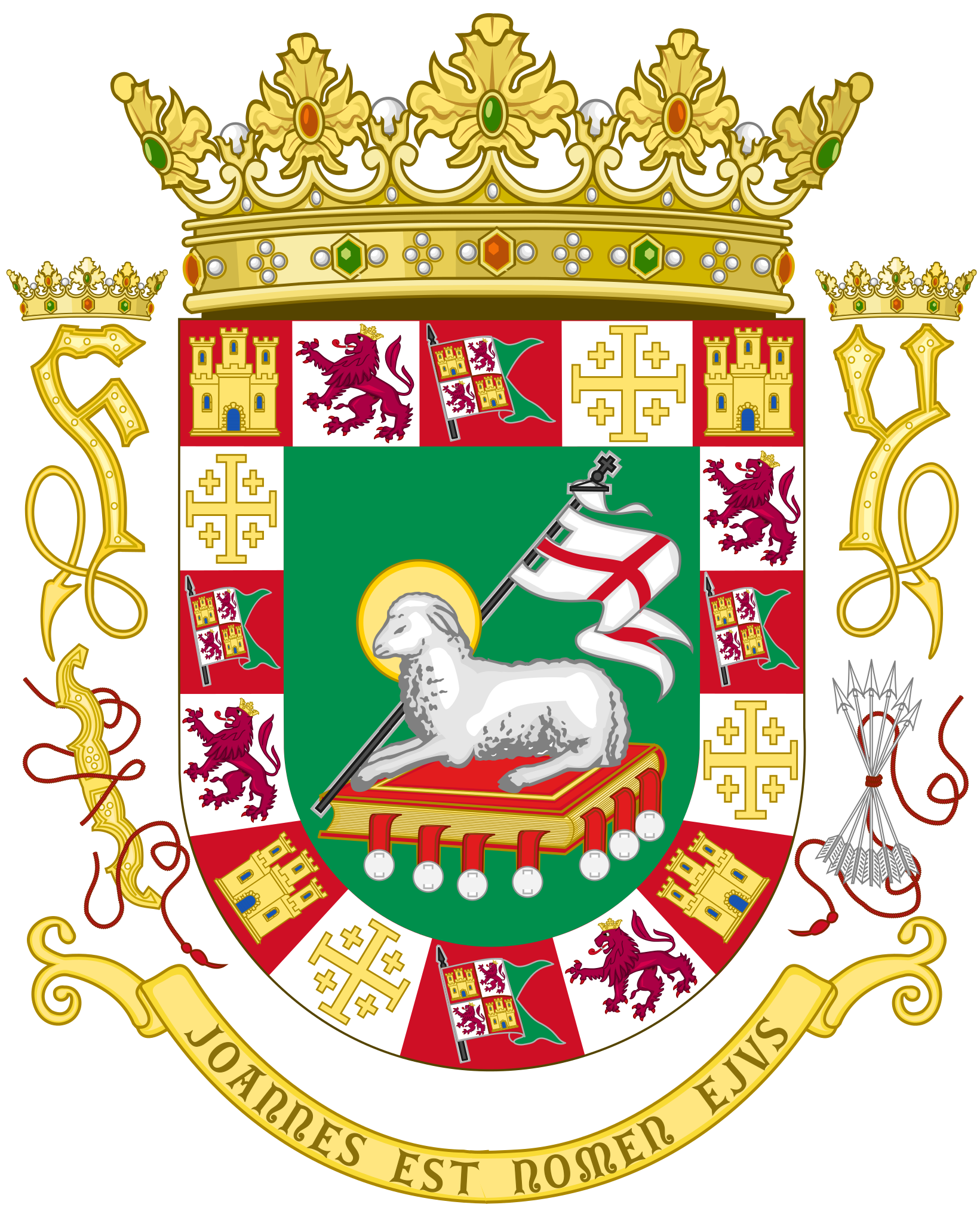More languages
More actions
| Commonwealth of Puerto Rico Estado Libre Asociado de Puerto Rico Boriken | |
|---|---|
| Capital and largest city | San Juan |
| Dominant mode of production | Capitalism |
| Area | |
• Total | 9,104 km² |
| Population | |
• 2020 census | 3,285,874 |
Puerto Rico ('Rich port' in Spanish), officially the Commonwealth of Puerto Rico, is a U.S. colony in the Caribbean. Although Puerto Ricans cannot vote in federal U.S. elections, they still have to follow U.S. laws.[1] Almost half of the Puerto Rican population lives in poverty and more than 11% are unemployed.[2]
History
Spanish colonization
Christopher Columbus began the Spanish invasion of Puerto Rico in 1493. The indigenous Taíno and African slaves declared war and rebelled against the colonizers.[3]
In 1868, Puerto Ricans in the town of Lares rebelled against Spanish colonial rule,[4] which led to greater representation in the Spanish government and the abolition of slavery.[3]
The United States invaded and occupied Puerto Rico in 1898 in the Spanish–Statesian War.[5]
Statesian colonization
After the U.S. invasion, the Supreme Court ruled that Puerto Ricans could not receive U.S. citizenship because they were part of an "uncivilized race."[6] By 1930, 45% of arable land in Puerto Rico became sugar plantations.[3]
Vieques, an island inhabited by 9,000 people, was used for military testing between 1941 and 2003. The majority of the island was owned by the navy, who dropped more than 1,000 tonnes of military and industrial waste on the island, including 23,000 bombs in 1998 alone. The island is now polluted with napalm and heavy metals and the cancer rate is 27% higher than in the mainland.[1]
In 1950, Statesian colonialists banned the use of Puerto Rico's flag or anthem.[3]
Independence movement
On March 21, 1937, police killed 19 people in Ponce, including 14 Puerto Rican nationalists.[1]
The United States imprisoned Puerto Rican independence leader Pedro Albizu Campos numerous times and experiment on him with radiation.[1]
The Nationalist Party of Puerto Rico began an uprising in Rio Piedras in 1950, beginning with a prison break during the night. The uprising spread to Jayuya and Utuado before the colonial governor sent planes to bomb rebels and end the uprising.[3]
Puerto Rico's constitution was adopted on July 25, 1952 and it became a commonwealth of the United States.[6]
Politics
Puerto Rico's main political parties are the New Progressive Party (PNP) and the Popular Democratic Party, both of which are corrupt neoliberal parties.
Anticolonial parties include the:
- Puerto Rican Independence Party,[7]
- Partido Nacionalista Puertorriqueño Ejercito Libertador (Puerto Rican Nationalist Party Liberating Army),[8]
- Liga Socialista De Puerto Rico (Socialist League of Puerto Rico),
- Ejercito Popular Boricua (Boricua Popular Army),
The Communist Party of Cuba also supports the independence of Puerto Rico.
Forced sterilization
President Franklin Roosevelt began a policy of forced sterilization in Puerto Rico.[1]
A 1965 survey of Puerto Rican mothers aged 20–49 found that one-third of them had been sterilized.[9] By 1974, 35% of Puerto Rican women were sterile, and 39% were in 1981.[1]
References
- ↑ 1.0 1.1 1.2 1.3 1.4 1.5 Jose L. Vega Santiago (2012-11-07). "8 Atrocities Committed Against Puerto Rico by the US" The Red Phoenix. Archived from the original on 2020-10-22. Retrieved 2022-06-23.
- ↑ Juan González (2017-05-10). [https://mronline.org/2017/05/10/puerto-ricos-123-billion-bankruptcy-is-the-cost-of-u-s-colonialism/ "Governor’s Place Party In Puerto Rico, ca. 1900s. Puerto Rico’s $123 Billion Bankruptcy Is the Cost of U.S. Colonialism"] Monthly Review. Archived from the original on 2021-05-16. Retrieved 2022-06-30.
- ↑ 3.0 3.1 3.2 3.3 3.4 Max Evan Aguayo (2016-02-06). "Puerto Rico will never cower before U.S. colonialism: A tribute to Vidal Santiago Díaz" Liberation School. Archived from the original on 2022-05-17. Retrieved 2022-10-23.
- ↑ Deborah Rodriguez (2022-09-27). "Commentary on hurricanes/ ‘Puerto Rico is not for sale’" Workers World. Archived from the original on 2022-09-28. Retrieved 2022-10-08.
- ↑ Central Intelligence Agency (2022). Puerto Rico: 'Introduction; Background'. The World Factbook.
- ↑ 6.0 6.1 Antonio Camacho Negrón (2022-07-25). "Puerto Rico: between colonialism, racism and slavery on July 25" Multipolarista. Retrieved 2022-07-26.
- ↑ José Coss (2022-08-17). "Puerto Rico’s Colonial Government Collapses" Orinoco Tribune. Archived from the original on 2022-08-17. Retrieved 2022-08-23.
- ↑ Partido Nacionalista Puertorriqueño. "Facebook page"
- ↑ Kathryn Krase (2014-10-01). "The History of Forced Sterilization in the United States" Our Bodies Our Selves. Retrieved 2022-03-11.


